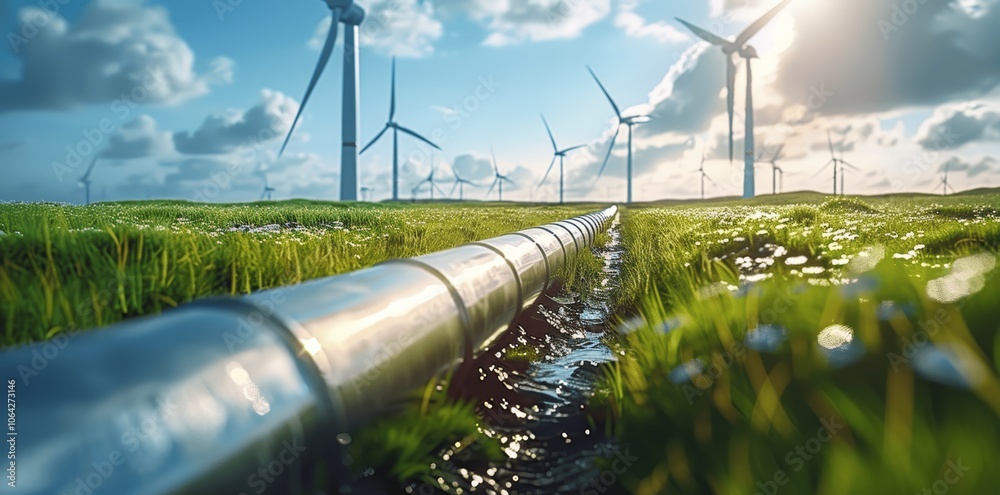Steel plates are the driving force in the growth of renewable energy infrastructure. A hard steel plate offers a combination of strength, durability, and precision, making it a reliable material. Steel possesses characteristics that make it suitable for renewable power systems, such as wind turbines.
The Role of Steel in Renewable Energy
Steel’s recyclability, strength, and durability make it so sought after. It is used in the manufacture of wind turbines, as they often need to withstand harsh weather conditions. Additionally, these plates are available in different sizes and thicknesses. Heavy steel plate fabrication helps manufacturers make turbine bases, spiral cases, and gates.
Plates of steel are indispensable, and thanks to steel’s high reprocessability, they’re a great fit for the renewable energy sector.
Why is the Plate Quality Important?
Just being tough isn’t enough for hard steel plates. Turbine towers and other hydropower structures usually require steel plates with a specific thickness. They need to be fracture-resistant and have high weldability.
A turbine has to be strong, and steel is the best for the components of turbines: between the tower, the nacelle (containing the parts that convert wind energy into electricity; the generator, gearbox, and the brake), and the blade roots of the rotor blades.
Steel plates have to be corrosion-resistant as well. Turbines and hydro components will benefit from coatings and alloys that can keep corrosion at bay. This makes sure that there isn’t a frequent need for replacement, making the projects renewable and effective.
Advanced Fabrication and Assurance
Plate fabrication technology is evolving, and precision cutting, shaping, and welding help manufacturers deliver plates to meet exact project requirements. Be it a turbine installation or a dam, these steel plates promise flexibility.
Manufacturers with a high production capacity can deliver large volumes fast. The products will be traceable thanks to the ISO certifications and will be good for both MSMEs and global enterprises, making sure that quality is always consistent.
Sustainable and Eco-Friendly
We see all the time how important sustainability has become, and much of today’s material is made from reused sources. Energy-efficient production, along with these materials, helps renewable projects further reduce their carbon footprint.
What makes these steel plates popular is that they have a long service life and need minimal maintenance. They’re also sustainable over time, and the top suppliers have the ISO 14001 certification, which solidifies their commitment to eco-friendly practices.
Steel Innovation for Energy
Today’s steel plates have to meet a lot of demands. They have to withstand corrosion and bear the massive weight of the hydro projects, not to mention run effectively for decades. Technological advancements like quench-tempered plates give a performance boost even in the harshest of conditions.
To Conclude
Renewable energy relies on collaboration between fabricators, steel manufacturers, and engineers. As more and newer projects emerge, greener practices are preferred to supply the best steel plates. Let’s face it, if we type ‘carbon footprint news’ on a search engine, we’ll come across many concerning news articles.
The future is all about going green, and steel is important in building hydropower infrastructure that can benefit people.

